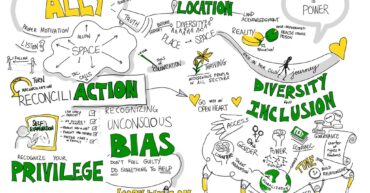In the world of Artificial Intelligence (AI), making sure everything is just right before you start cooking is a lot like preparing and cleaning your ingredients.
Imagine being able to create a video of your favorite superhero saying whatever you want, or singing a duet with the biggest pop star, even if you never actually met them.
AI bias is when AI systems, like robots or computer programs, make unfair decisions or show favoritism.
An AI bot, or AI chatbot, is a software application that can converse with humans in their natural language.
By automating the analysis and interpretation of medical images, AI is not only enhancing diagnostic accuracy but also revolutionizing patient care.
Ensemble learning is a powerful machine learning concept that involves combining several models to produce predictions that are more robust than those of the individual models. The idea is to reduce bias and variance, making the model more flexible and less sensitive to specific data.
In the sprawling landscape of AI, two subsets are making considerable waves: Generative AI and Conversational AI. Each has its unique functions, strengths, and limitations.
. One of the most exciting developments in this field is the “large language models”. You have must heard about chatgpt and google bard , these are the examples of Large language models.
The term “artificial intelligence” (AI) has gained popularity in the technology sector. The potential of AI to carry out difficult tasks that call for intellect akin to that of a person has made it an essential technology in today’s applications.
Since its inception in the 1950s, artificial intelligence (AI) has made significant advancements. Because of improvements in processing power, machine learning methods, and the accessibility of massive data, the discipline has developed quickly.










